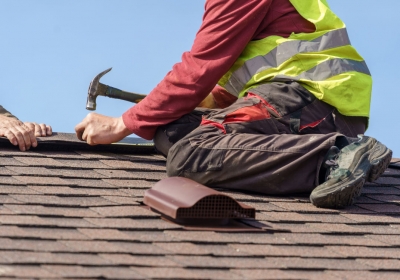Lead flashing is a critical component in the construction industry, particularly in roofing, where it provides a durable and effective means of waterproofing junctions and preventing water ingress. This guide provides the best practices for installing lead flashing with the necessary insights and techniques to ensure quality and longevity in their work.
Introduction to Lead Flashing
Lead flashing is used primarily in roofing to seal the junctions between roofing materials and other parts of the building structure, such as chimneys, dormer windows, and roof valleys. Its malleability, durability, and resistance to corrosion make it an ideal material for waterproofing, ensuring that buildings remain dry and protected from water damage.
The Importance of Correct Installation
The effectiveness of lead flashing lies not only in the quality of the material but also in the skill and precision with which it is installed. Incorrect installation can lead to a host of problems, including leaks, structural damage, and costly repairs. Therefore, understanding the best practices for installing lead flashing is crucial for any professional in the construction industry.
Best Practices for Installing Lead Flashing
Preparation and Planning
- Site Assessment: Before installation, assess the site to understand the specific requirements and challenges. This includes checking the roof pitch, the type of roofing material, and the specific areas where flashing is needed.
- Material Selection: Use high-quality lead flashing that conforms to industry standards. The thickness of the lead should be appropriate for the application and the environmental conditions.
- Tools and Equipment: Ensure you have the right tools, such as lead dressers, snips, and hammers, and safety equipment, including gloves, goggles, and ladders.
Cutting and Shaping the Lead
- Measurements: Accurately measure the area where the flashing will be installed. Precise cutting is essential to ensure a snug fit.
- Shaping: Use a lead dresser to shape the lead to the contours of the roof and adjacent structures. Proper dressing prevents stress points that could lead to cracks.
Fixing the Flashing
- Securing the Lead: Flashing should be securely fixed to the building structure. Use lead clips or fixing strips to hold the flashing in place without restricting its natural expansion and contraction.
- Sealing Joints: Ensure that all joints are properly sealed. Use appropriate sealants that are compatible with lead and provide a watertight seal.
Ensuring Expansion and Contraction
- Allowing Movement: Lead expands and contracts with temperature changes. Make sure there is enough allowance for this movement to prevent tearing or buckling.
Waterproofing
- Underlays and Overlays: Use suitable underlays to protect the roofing material beneath the lead. Overlays, such as patination oil, can be applied to the lead to prevent staining and corrosion.
Compliance with Building Regulations
- Adhering to Standards: Ensure that the installation complies with local building codes and regulations. This includes considerations for health and safety, environmental impact, and building integrity.
Maintenance and Inspection
- Regular Checks: After installation, regular inspections and maintenance are crucial to ensure the longevity of the lead flashing. Look for signs of wear, corrosion, or movement.
Common Mistakes to Avoid
- Overstretching the Lead: Avoid stretching the lead too thin, as this can weaken the material and lead to cracks.
- Poor Jointing: Ensure that all joints are properly executed to avoid leaks.
- Ignoring Thermal Movement: Failing to accommodate for thermal expansion and contraction can cause significant damage to the flashing.
Final Thoughts
Installing lead flashing is a task that demands precision, skill, and attention to detail. By following these best practices, construction professionals can ensure that their work not only enhances the aesthetic appeal of a building but also provides effective protection against the elements. Properly installed lead flashing is a testament to a builder’s expertise and commitment to quality, standing the test of time and safeguarding the integrity of the structure.
In summary, the successful installation of lead flashing is a combination of careful planning, precise execution, and adherence to industry standards. With the right approach and skills, professionals can master the art of installing lead flashing, ensuring that their projects are not just visually pleasing but also structurally sound and durable.


